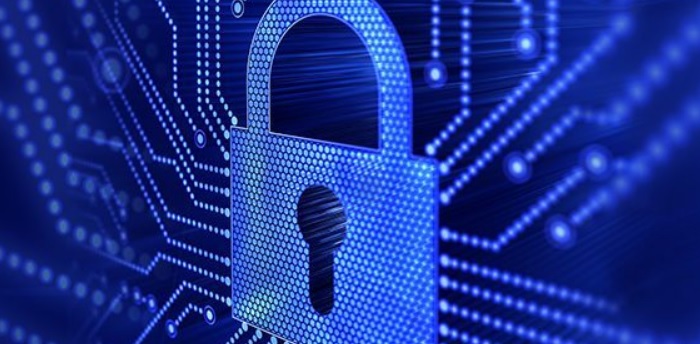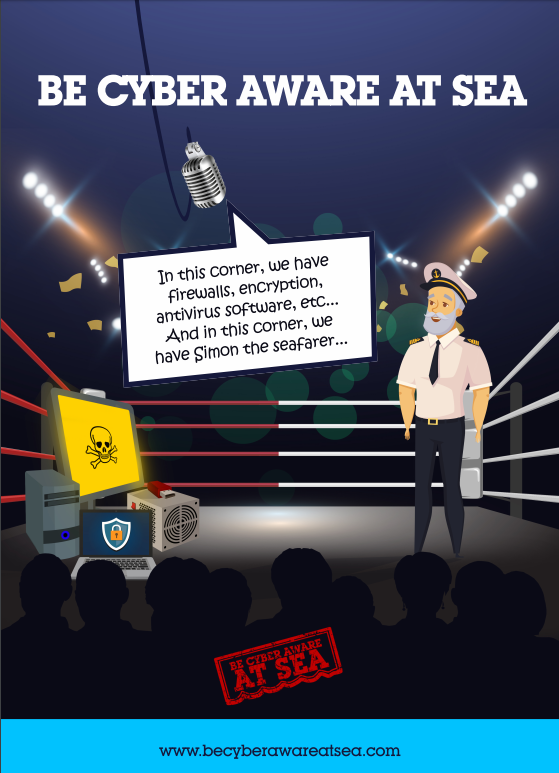The transportation sector now ranks third in security vulnerability, with GPS tracking, computer networks, and automation all being targeted by cyber threat, according to a recent whitepaper released by insurance firm Arthur J. Gallagher & Co. The whitepaper also informs that 2017 was a record year for cyber attacks and the average total cost per breach for the average company has reached $3.79 million.
Adam Cottini, managing director of the cyber liability practice with Gallagher says:
An overlooked component of this discussion is when you think about the premises, the grounds themselves, where you have automation put into the actual movement of goods and products on the ground into the vehicles themselves.
For instance, the fallout from a breach for a shipping company can impact others inside and outside of the industry – consumers and resellers, as a potential pause in operations and products being transported affects the whole supply chain. At the end of the line, people hoping to buy goods might be left empty-handed if those items never make it to stores, the paper suggests. This means that business interruption is a key component of the cyber insurance coverage for this sector.
The biggest and most sought after component of insurance for the transportation business is the cyber extortion coverage and the business interruption coverage. That piece of the pie has contingency concerns that exist uniquely in the space of transportation that a lot of other entities may not feel as strongly about. While the transportation industry has implemented technology in some ways, namely to increase efficiency in operations, the adoption of technology that minimizes vulnerability to cyber threats hasn’t necessarily occurred at the same rate.
Mr. Cottini cites an endpoint technology that monitors for cyber attacks through AI and machine learning, and can detect zero-day attacks, which are new and never-before-seen, and thus don’t have a known signature yet.
The transportation business as a norm is less willing or less inclined to adopt this technology than we have seen from other industries.
In the latest issue of its cyber security newsletter, Be Cyber Aware at Sea campaign issued another safety poster addressing the fact that seafarers are in a daily fight against not just the cyber security risks and threats which face them, but actually the tools which are meant to help them.
All too often we hear of seafarers failing to get to grips with the firewalls, encryption, antivirus software and means of heading off cyber attacks. Seafarers need to not just be aware of what they are fighting, but of the things which can help them. So, we hope the poster acts as a timely and useful reminder.


































































